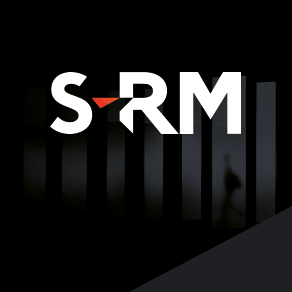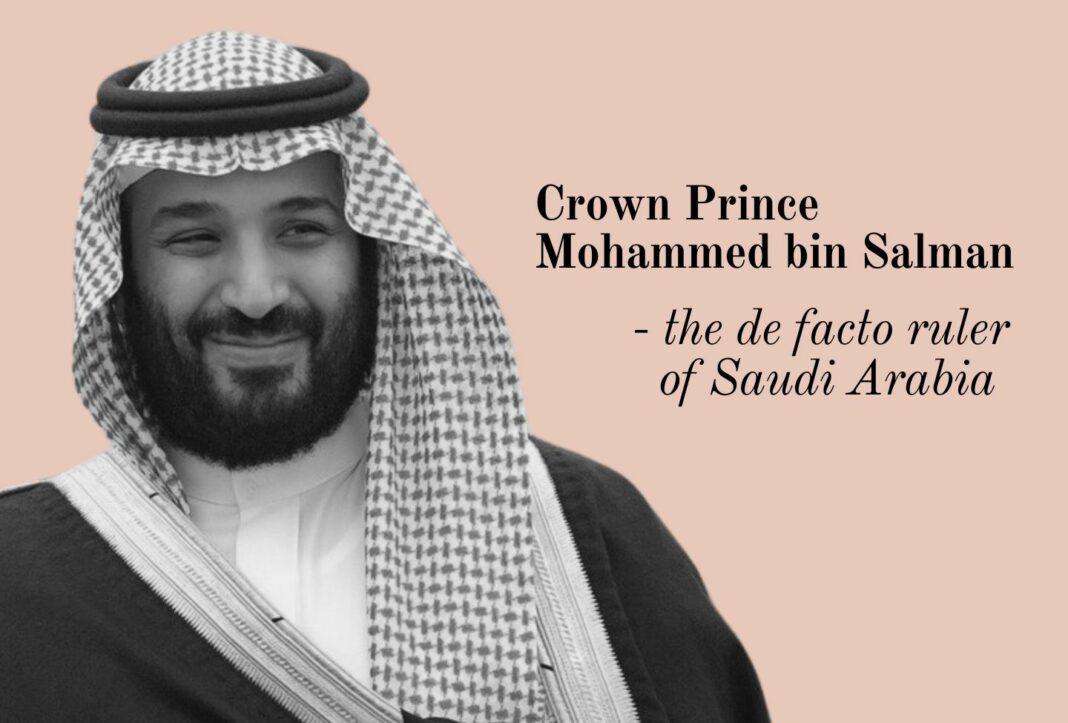An IMGW Report
“Our vertical city is beginning to take shape,” announced the Neom corporation in a recent video showcasing an army of trucks and excavators moving vast amounts of sand across the Saudi desert. This marks the onset of construction for what is touted as the world’s most ambitious project, the trillion-dollar initiative known as The Line.
You're Just a Couple of Clicks Away from IMGW.News Content...
1. New to IMGW.News?
If you're new to our portal, please subscribe here for free:
Link
2. Already Subscribed
If you are already a subscriber you can login from here:
Link
 What's New?
What's New?
We've enhanced our subscription technology with features like the Reading App, making IMGW.News more robust, user-friendly, and fun to use. Enjoy!







